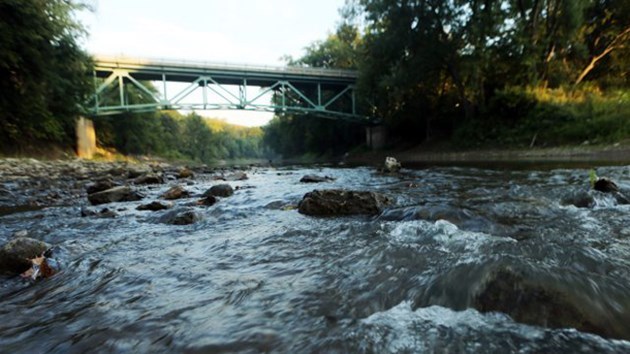The Ontario Rivers Alliance (ORA) is celebrating a major victory in the protection of 10 Ontario rivers that have been under threat from 19 proposed hydroelectric projects.
“Actions taken by the ORA and its members have led to what was considered to be impossible – the termination of 19 feed-in-tariff (FIT) contracts,” the group said in a news release this week.
The Ontario rivers protected are Matawin, Vermilion, Petawawa, Wanapitei, Blanche, Ivanhoe, Frederick House, Kapuskasing, Larder and Serpent Rivers.
In 2011, ORA came into being to address 87 proposed hydroelectric proposals initiated under the Green Energy Act. The offer of incentives to produce power during peak demand hours had proponents rushing to claim access to falls and rapids on rivers all across the province.
The number of proposals to actually receive FIT contracts was soon reduced to 41, and of those, Xeneca Power Development Inc. had secured 19 contracts for projects involving 23 Crown sites on 10 Ontario rivers, the release said.
“The proponent’s favourite mantra was, ‘It’s a done deal – there’s nothing you can do about it,’ ” Linda Heron, chair of the ORA, said in the release. “Unfortunately, under the current legislation there is no possibility of a 'no' outcome; however, not easily deterred, a group of concerned citizens and organizations banded together to create one unified voice to speak up for Ontario rivers – that was the beginning of ORA.”
Peaking incentives encourage proponents to hold water back in reservoirs to produce power during peak demand hours. These types of operations result in numerous negative impacts, not the least of which are increased methylmercury contamination of fish, blue-green algae, and methane emissions.
“Hydroelectric is not clean and green, such as proponents and governments would have us believe,” Heron said in the release.
In that first year, through ORA and member actions, and by following the regulatory process, three of this proponent’s environmental reports (ER) were rejected because they did not meet the requirements of the Class Environmental Assessment for waterpower, and the proponent was ordered to go back to complete additional work and studies.
On July 17, 2015, another ER, the fourth in a row, was rejected for the very same reason, and records show that by July 9, 2015, the proponent had terminated all 19 of its FIT contracts.
“Unfortunately, ORA had to file a Freedom of Information Application to learn of this important development,” Heron said in the release. “While these 19 FIT contracts had been terminated almost a year ago, stakeholders were left to twist in the wind, and tax dollars wasted as regulators continued to work on files that had no chance of proceeding."
A power procurement contract is necessary to produce power in Ontario, and once a contract is terminated, it cannot be reinstated.” ORA was also recently granted Intervenor Status by the National Energy Board with regard to panel hearings for the Energy East Pipeline application.
ORA is a Not-for-Profit grassroots organization acting as a voice for several stewardships, associations, and private and First Nation citizens who have come together to protect, conserve and restore healthy river ecosystems.
Go to www.OntaroRiversAlliance.ca to find out more.
